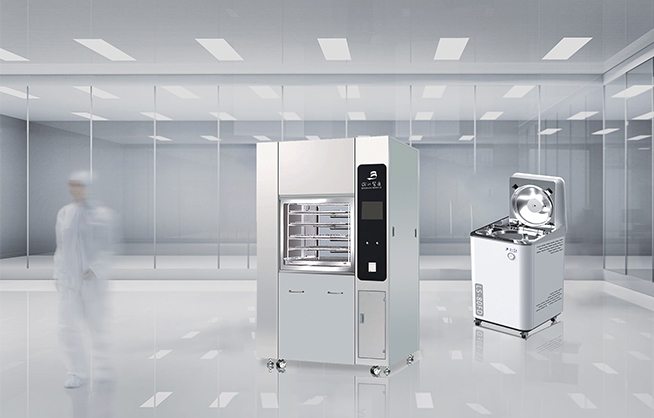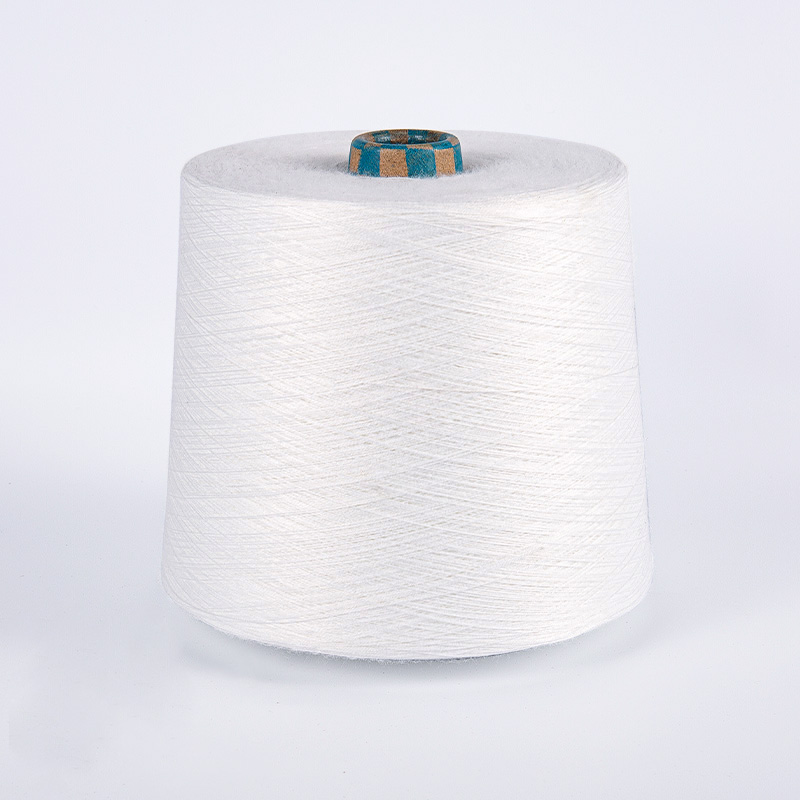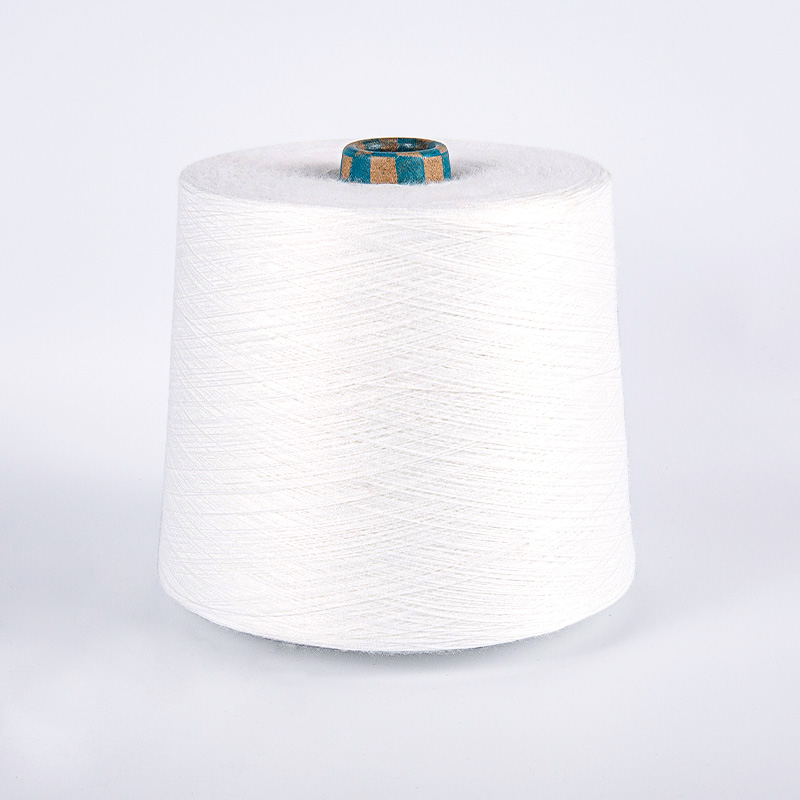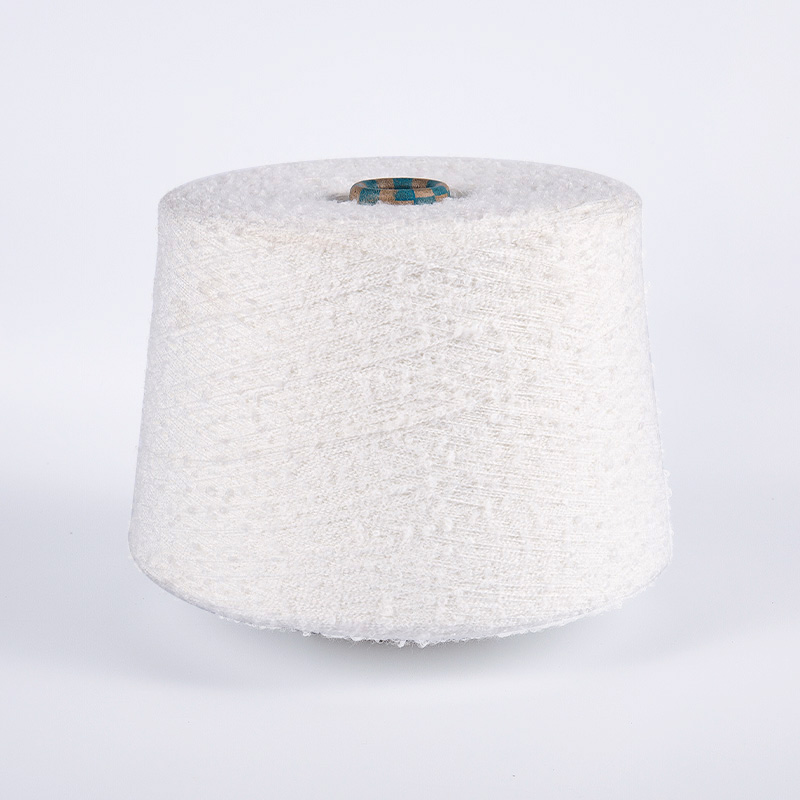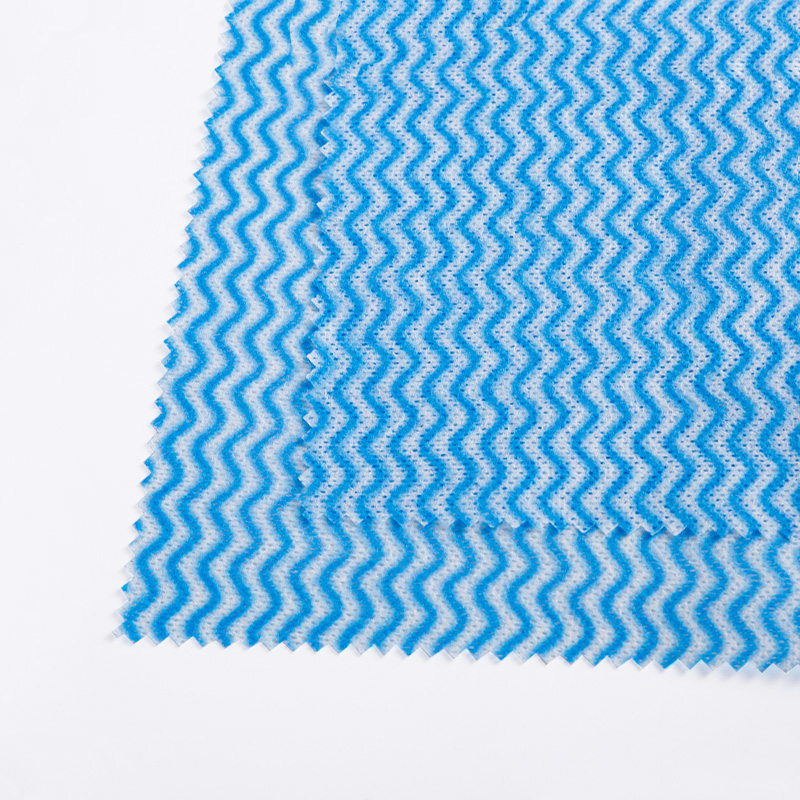
Spunlace Nonwoven Fabric: The Quiet Powerhouse of Modern Industry
Posted by Admin | 22 May
In today’s fast-paced industrial world, lightweight, strong, and versatile materials have become a valuable resource across industries. One such material that has quietly emerged over the past few decades is Spunlace Nonwoven Fabric. While it may not receive as much attention as traditional textiles, spunlace nonwovens have carved out a niche in industries ranging from hygiene products to medical supplies.
Learn about Spunlace Nonwoven Fabric
Spunlace Nonwoven Fabric is essentially a synthetic material made by entangled fibers through high-pressure water jets. Unlike traditional woven fabrics that require complex weaving techniques, spunlace nonwovens are made through a process called hydroentanglement. This method uses high-pressure water jets to mechanically bond individual fibers together to form a strong and durable fabric. The result is a fabric that combines the strength of a woven textile with the flexibility and cost-effectiveness of nonwoven materials.
What sets Spunlace Nonwoven Fabric apart from other nonwovens is its ability to maintain a soft texture while being very strong. This makes it ideal for products that combine comfort and durability, such as wipes, medical protective clothing, and hygiene products. The fabric is highly versatile and can be produced in a variety of thicknesses, densities, and surface treatments, which further enhances its adaptability to different applications.
Production Process: A Symphony of Water and Fibers
The production of Spunlace Nonwoven Fabric begins with the selection of raw materials, usually polyester or polypropylene fibers. These fibers are then spread into a loose web and placed on a conveyor belt. The key step in the process is the spraying of high-pressure water jets onto the fiber web. The turbulence created by these jets causes the fibers to entangle with each other, forming a strong bond. This method can produce fabrics that are both lightweight and elastic.
One of the most compelling aspects of spunlace production is its environmental efficiency. Unlike traditional textile manufacturing methods, which can involve harmful chemicals and large amounts of water, the spunlace process is relatively environmentally friendly. The main medium used to bond the fibers is water, which is both a renewable resource and a non-toxic adhesive. As a result, spunlace nonwovens are seen as a more sustainable alternative to many other types of nonwoven materials.
Advantages of Spunlace Nonwoven Fabric

The popularity of spunlace nonwovens stems from its many advantages over traditional materials. First, it is highly customizable, which means it can be tailored to the specific needs of a wide range of industries. Whether it is the softness required for baby wipes or the strength required for medical surgical drapes, spunlace nonwovens can be adjusted to the specific requirements of the application.
Since there is no need for weaving, Spunlace Nonwoven Fabric is cheaper to produce than traditional woven textiles. Its manufacturing process is faster and more energy-efficient, which reduces production costs and environmental impact.
Spunlace Nonwoven Fabric is also versatile in terms of surface treatment. It can be given special properties such as antimicrobial finishing, water repellency or enhanced absorbency by adding additives. This adaptability makes it a top choice for products that require specific performance characteristics, such as healthcare and hygiene products.
+86-18058809000
+86-571 86218111



 English
English 中文简体
中文简体
